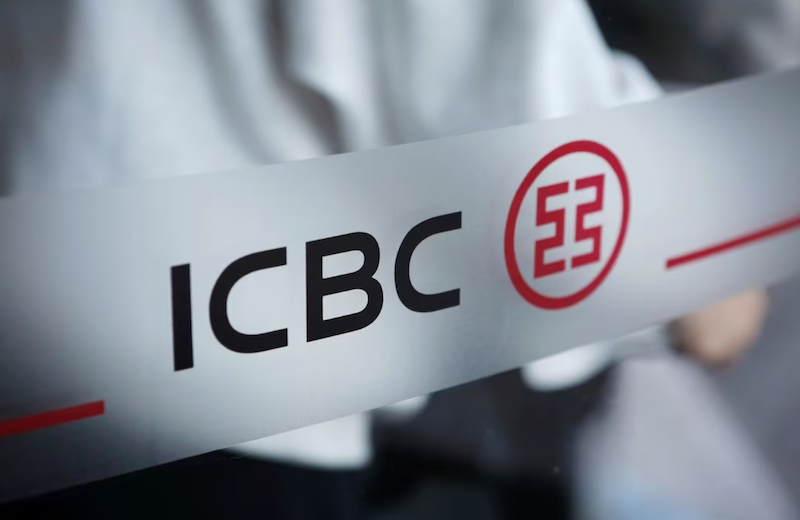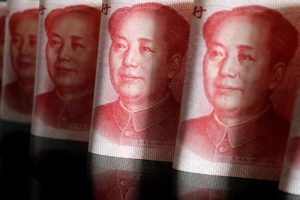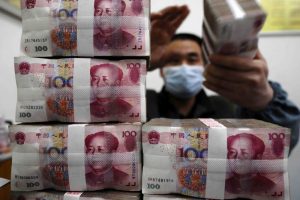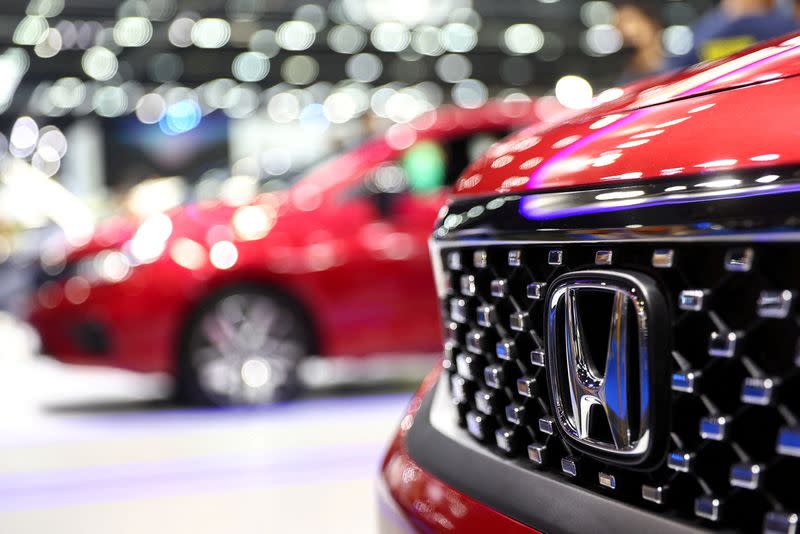Two of China’s biggest banks revealed low-key profit growth on Wednesday, warning of serious regional debt risks as the economy continues to struggle to bounce back after the lifting of pandemic restrictions.
Industrial and Commercial Bank of China Ltd (ICBC), the country’s biggest lender, and Bank of China (BoC) posted in exchange filings first-half profit growth of 1.2% and 0.78%, respectively, from a year earlier.
BoC pointed the finger of blame at local government financing vehicles (LGFV) which had defaulted, hitting asset quality.
Also on AF: Soaring Air Pollution Major Threat to S Asia Life Expectancy
Chinese lenders are battling headwinds such as lower lending rates and pressure from the government to prop up the economy – which has been buffeted by weak demand both at home and abroad – as well as bad debts related to property developers and LGFVs.
“Some regional financing platforms that are weak in fiscal backing, have experienced a series of risk events, including defaults,” said Liu Jiandong, BoC’s chief risk officer in a post-results press conference.
“There are some regional risks that have begun to emerge,” Liu said, adding that asset quality has declined slightly but remains under control.
Both lenders posted a shrinking net interest margin (NIM) – a key gauge of profitability – for the first half of this year, a sign that lenders are under pressure to expand credit support to the struggling economy.
ICBC’s NIM stood at 1.72% at the end of June, down from 1.77% at the end of March. BoC’s NIM narrowed to 1.67% at end-June from 1.7% at end-March.
Liu also said BoC will continue to support policies relating to existing and new mortgages put in place by the central bank and other authorities.
Guangzhou on Wednesday became the first major Chinese city to announce an easing of mortgage curbs as the government ramps up efforts to revive the crisis-hit property sector.
Mortgage Rate Pressures Forecast
Chinese banks’ profitability is also set to come under pressure in the near term from an expected cut in existing mortgage rates, which sources said on Tuesday was likely to be implemented soon.
ICBC said it did not distribute dividends on preference shares in the first half.
“Chinese banks are likely to continue to face earnings pressure from margin compression,” said Ming Tan, director at S&P Global Ratings.
Household and business confidence, which has plunged, will be the biggest challenge for the banking sector in the second half of the year, as this will affect loan demand, pricing and margins, said Tan.
ICBC’s non-performing loan (NPL) ratio stood at 1.36% at the end of June, compared with 1.38% at the end of March, while BoC’s was 1.28% at end-June, up from 1.18% at end-March.
BoC officials speaking at the press conference said the bank’s mortgage NPL ratio rose 0.02 percentage points to 0.49% in the first half, but there was no material deterioration in mortgage asset quality although it was coming under pressure.
Shares of ICBC in Shanghai closed 0.86% lower and BoC fell 1.05% before the banks reported results after the market closed.
ICBC shares are up 6.5% so far this year while BoC’s are up 18.99%. The broader market eased 0.04% on Wednesday.
- Reuters with additional editing by Sean O’Meara
Read more:
China’s $13tn Provincial Debt Crisis Threatens to Spill Over
China’s State Banks Seen Buying Yuan in Offshore Markets
China Fiscal Revenue Slows as Big Banks Cut Growth Forecasts
Major Banks Cut China 2023 GDP Forecasts as Recovery Slows
























